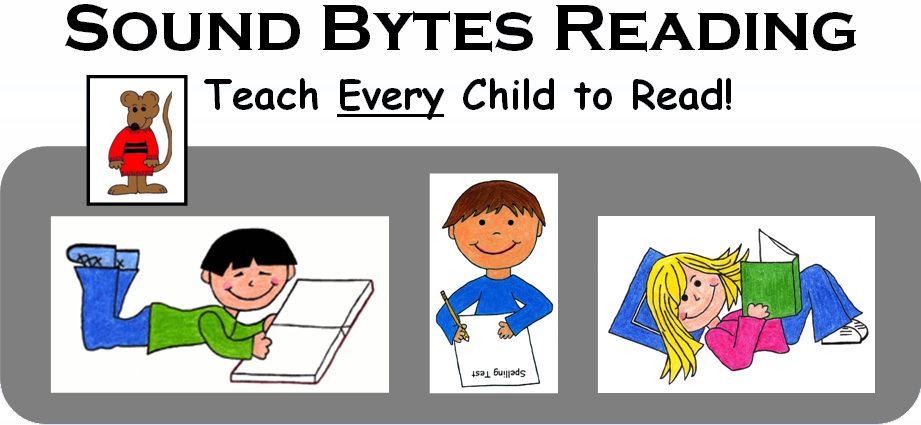Learning To Read – Discerning Differences in Shapes of Letters
Many children enter school eager to learn to read, only to find learning to read so difficult that they lose interest and/or act out in class. Reading is not a skill that is learned naturally like talking, so it must be taught. Beginning readers must learn the code that we use to communicate in writing. Reading is not a guessing game—it is a learned skill. Children need to learn to decode the sounds for the symbols on the page if they are to become skilled readers.
One of the many things required of beginning readers is the ability to discern differences between the written symbols on the page. This can be a difficult task. Students often confuse or reverse letters when they are just beginning to learn to read and no wonder—just look at how similar these symbols are:

And look at these:

and these:

and these:

and these:

Those of us who have been reading a long time barely notice the individual letters in words unless we try to pronounce a new big word. Then (if we read phonetically,) we slow down and visually process all of the letters and/or word parts so we can pronounce the word correctly. For those who have only learned to sight read whole words—and there are many—this task is quite impossible.

Before children can learn to read well they need to visually discern the small differences in each of the letters of the alphabet, both capitals and lower case letters. This takes practice. One way parents can help their children get ready to learn to read is by helping them notice differences in the shapes of letters: “The letter T has a bar going down and a cross piece at the top. The letter H has two bars going down and a cross piece in the middle.”
The more students notice the differences between individual letters, the easier it will be for them to learn to read. Next week, I’ll post a letter matching game that is designed not to teach the names of letters, but to help young children learn to pay attention to differences in the shapes of letters.
